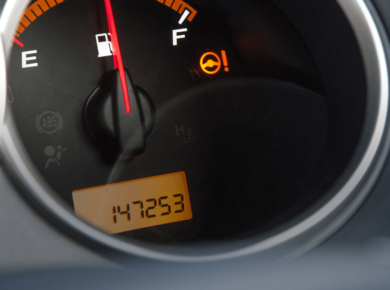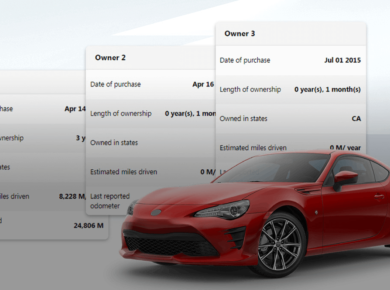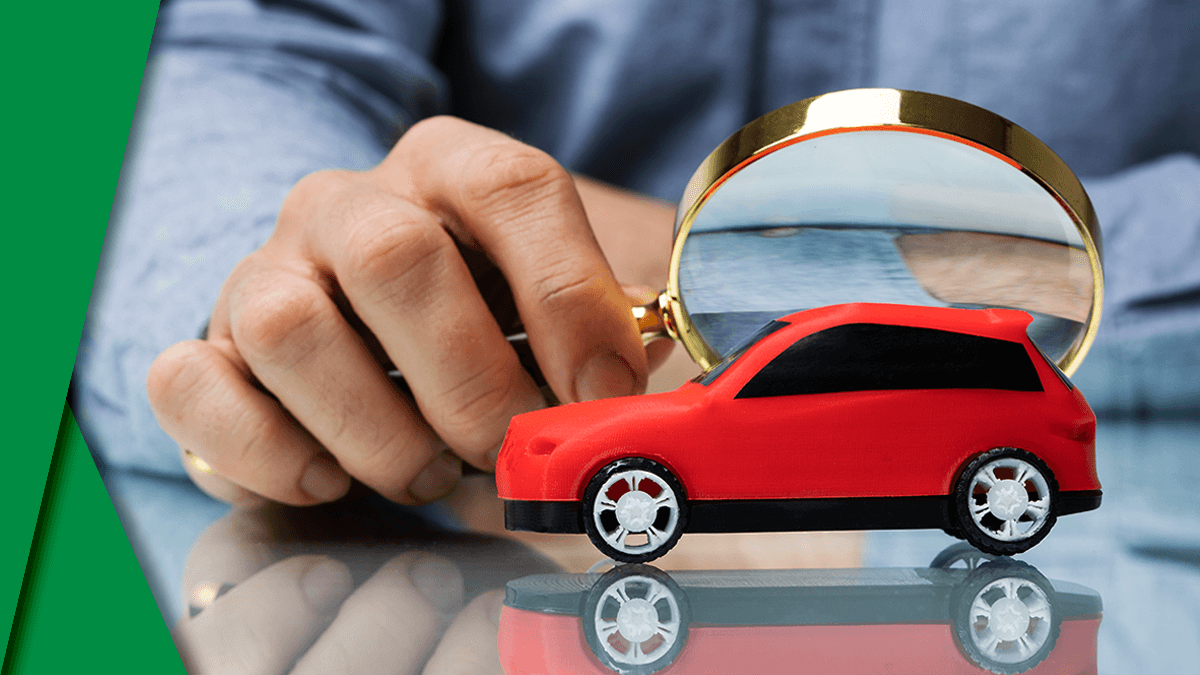If your car goes missing or you suspect it’s been taken, every minute matters. Knowing how to check if a car is stolen and what to do next can make all the difference in recovering your vehicle and protecting your finances. Performing a stolen VIN check helps confirm whether your vehicle has been officially reported stolen and ensures your information is correctly entered into national databases. This quick guide walks you through the essential steps for verifying, reporting, and tracking a stolen vehicle.
1. Verify the Car Is Truly Stolen
Before assuming theft, confirm that your car wasn’t towed or repossessed. Many drivers discover their cars were moved for parking violations or lender action. But how to see if a car is stolen? Start by checking your state’s impound records, or contact the local department of motor vehicles. You can also run a ClearVin VIN check report to review state and date impound details.
2. Contact Law Enforcement Immediately
If your car is confirmed stolen, and not towed, contact law enforcement right away. Usually, the information about a vehicle that is required is the license plate number, Vehicle Identification Number (VIN), make, model, and color. Officers will file a report and enter your details into the National Crime Information Center (NCIC), which tracks stolen vehicles across the country. Request a copy of the stolen car report lookup document, as you’ll need it for your insurance company.
Knowing how to report a stolen vehicle helps you act fast and share accurate data. Police also submit your information to the National Motor Vehicle Title Information System (NMVTIS), which keeps a record of all stolen vehicle VIN check reports nationwide.
3. Report the Theft to Your Insurance Company
After contacting the police, call your insurance company immediately. Provide your VIN, police report number, and any details about the theft. Insurers often rely on history reports and motor vehicle title information by performing a title search to confirm ownership and claim eligibility. Your insurer may perform a VIN theft check to ensure your vehicle isn’t falsely re-registered.
4. Run a VIN Lookup
Once your report is filed, check your VIN using trusted online resources in 1-2 days to ensure it was added to a nationwide database and cannot be easily resold in another state. Use the stolen VIN check tool on ClearVin to confirm your car’s status in NMVTIS-based databases. You can also perform a stolen vehicle search through the National Insurance Crime Bureau (NICB) for free to cross-reference national data.
These databases help confirm records with reliable national sources. Always check if a car or VIN data has changed.
5. Follow Up and Protect Against Identity Theft
After reporting, monitor your VIN for suspicious activity. Criminals sometimes use stolen vehicle details to create fake titles or sell parts illegally. Knowing how to find out if a vehicle is stolen and how to check if a car is stolen for free helps you stay alert.
Regularly perform a stolen vehicle VIN check to make sure no unauthorized title or registration changes appear. Continue checking with your state’s department and insurance company until your case is closed.
Learning how to know if a vehicle is stolen gives you the tools to act fast and prevent further loss. Use ClearVin to track updates, confirm your title records, and ensure your stolen vehicle report remains accurate.
6. How to Avoid Buying a Stolen Used Car
If you’re on the market for a used vehicle, perform a stolen VIN search to confirm the theft status. A stolen vehicle check search can tell you if your vehicle appears in a stolen car database, helping you verify how to check if a car is stolen before reporting it. This is an important step if you’re buying a used car, especially from a private seller. Keep an eye out for VIN tampering. This is a widespread issue with stolen vehicles and can often be effectively hidden, so it’s important to be wary. The ClearVin Report shows both if a vehicle is currently listed as stolen in any U.S. state and if it was later recovered after theft. This, along with other important historical details, will help protect your car purchase.









